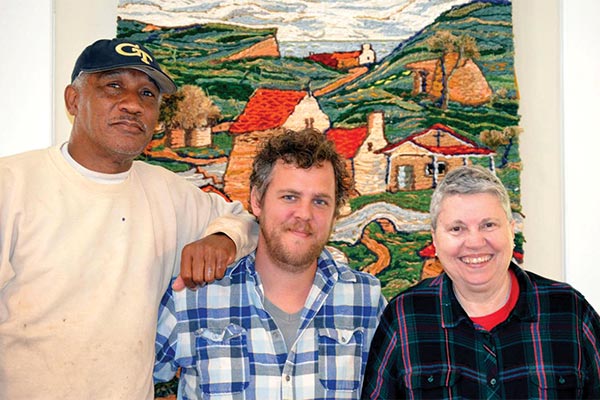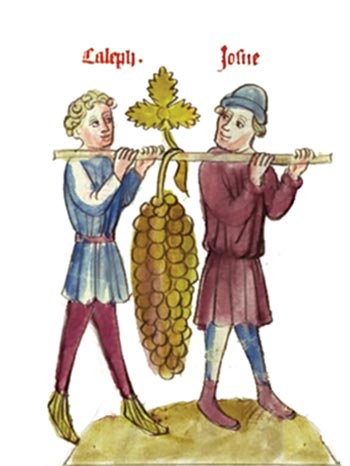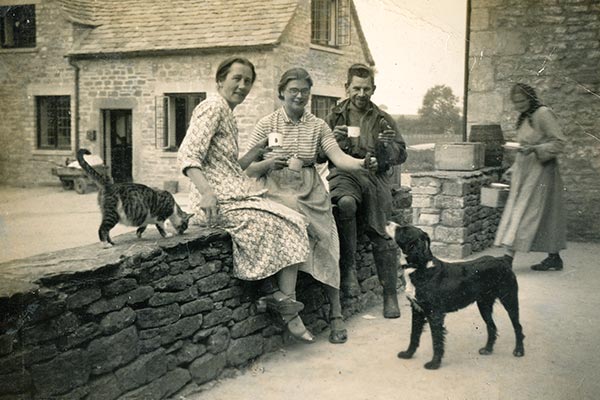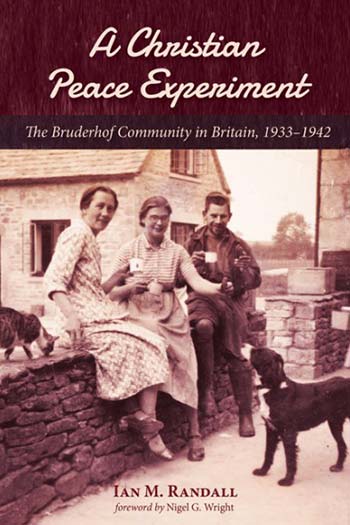Subtotal: $
Checkout-

The Hunter
-

Beyond Racial Reconciliation
-

Science and the Soul
-

Money-Free Medicine
-

Patient Perspective
-

On Being Ill
-

On Eternal Health
-

Adirondack Doctor
-

Christ the Physician
-

What’s a Body For?
-

Begotten Not Made
-

The End of Medicine
-

Perfectly Human
-

Let Me Stand
-

All Sorts of Little Things
-

The Measure of a Life Well Lived
-

Siegfried Sassoon’s “Before the Battle”
-

Editor’s Picks Issue 17
-

Our Task Is to Live
-

To Be Plucked by a Strange or Timid Hand
-

The Beguines
-

Carry Me
-

The Soul of Medicine
-

Readers Respond: Issue 17

Next Article:
Explore Other Articles:
Celebrating 75 Years at Koinonia Farm
Although it’s been almost fifty years since Clarence Jordan died in a tiny shack in rural Georgia, his influence has continued to spread and grow, as demonstrated by the diverse crowd – octogenarian locals, young activists, seasoned communitarians, and farming enthusiasts – that turned out to celebrate his legacy this spring. A farmer and Southern Baptist preacher, Jordan founded Koinonia Farm in 1942 as a “demonstration plot for the kingdom,” a place where he and others could live out economic and racial justice in community. In spite of a hostile local reception, including KKK violence and a boycott, the community has survived to this day. In a remarkable change of heart, two local churches that fifty years ago had expelled the Koinonia members for bringing a black man into the sanctuary vied for the honor of hosting the conference.

Koinonia Farm residents, from left, Norris Harris, Steve Krout, and Bren Dubay offered history and comments at the 75th anniversary. Photograph by Cindi Cox, Albany Herald. Used with permission.
Theology of the People of God

“Theology of the People of God,” a new distance learning program at the Pontifical Lateran University in Rome, offers a two-year course of study in English and German. Cardinal Kurt Koch, President of the Pontifical Council for Promoting Christian Unity, said of the correspondence course: “Drawing on the theme of God’s people, this theology brings together the various theological disciplines into one whole, which comes from the root of Israel. The questions of faith and Church posed by modern man in the time after the Enlightenment are taken up consistently.” The topics examined during the course include: “Why Christianity isn’t a ‘religion,’” “Why Judaism is indispensible to the Church,” and “How faith and history are connected.”
“Theology of the People of God” is a project of the Catholic Integrated Community (CIC), which was founded in Germany in the aftermath of World War II and the Holocaust. Led by Herbert and Traudl Wallbrecher, young people gathered to ask why the Christians of their time had failed to oppose the Nazi regime’s ideology and atrocities. Now with a membership that includes laity and priests, families and singles, the CIC seeks to be a place where “people can live the fullness of Christianity with a modern approach to faith and reason.”
Find out more about the new theology program.
Already a subscriber? Sign in
Try 3 months of unlimited access. Start your FREE TRIAL today. Cancel anytime.
Bruderhof in Britain
In A Christian Peace Experiment: The Bruderhof Community in Britain, 1933 – 1942 (Cascade, 2018), Professor Ian M. Randall meticulously researches and narrates a fascinating and somewhat forgotten chapter in the history of the Bruderhof movement. From the back cover:
After the rise to power of the Nazi regime, the Bruderhof became a target and the community was forcibly dissolved. Members who escaped from Germany and traveled to England were welcomed as refugees from persecution and a community was established in the Cotswolds.
In the period from 1933 to 1942, when the Bruderhof’s witness was advancing in Britain, its members were in touch with many individuals and movements. This book covers the Bruderhof’s connections with (among others) the Fellowship of Reconciliation, Dietrich Bonhoeffer, the Peace Pledge Union, the social work of Muriel and Doris Lester in East London, Jewish refugee groups, and artistic pioneers like Eric Gill. As significant numbers of British people joined the Bruderhof, its farming, publishing, and arts and crafts activities extended considerably. But with the outbreak of the Second World War, German members came to be regarded with suspicion and British members became unpopular locally because they were pacifists.
Although the Bruderhof was defended in Parliament, notably by Lady Astor, it seemed that German members would be interned as enemy aliens. The consequence was that by 1942 over three hundred community members had left England. With Mennonite assistance, they began to forge a new life in South America. This book traces a remarkable Christian peace experiment being undertaken in a time of great political upheaval.
Readers can expect an intriguing glimpse into community life, pre-Second World War Britain, and the very first issue of Plough!

Tea break at the Cotswold Bruderhof, England, 1940. Winifred Pacey, second from left, then an Oxford philosophy student, later became a Plough editor. Image from the Bruderhof Archives


Already a subscriber? Sign in
Try 3 months of unlimited access. Start your FREE TRIAL today. Cancel anytime.

































